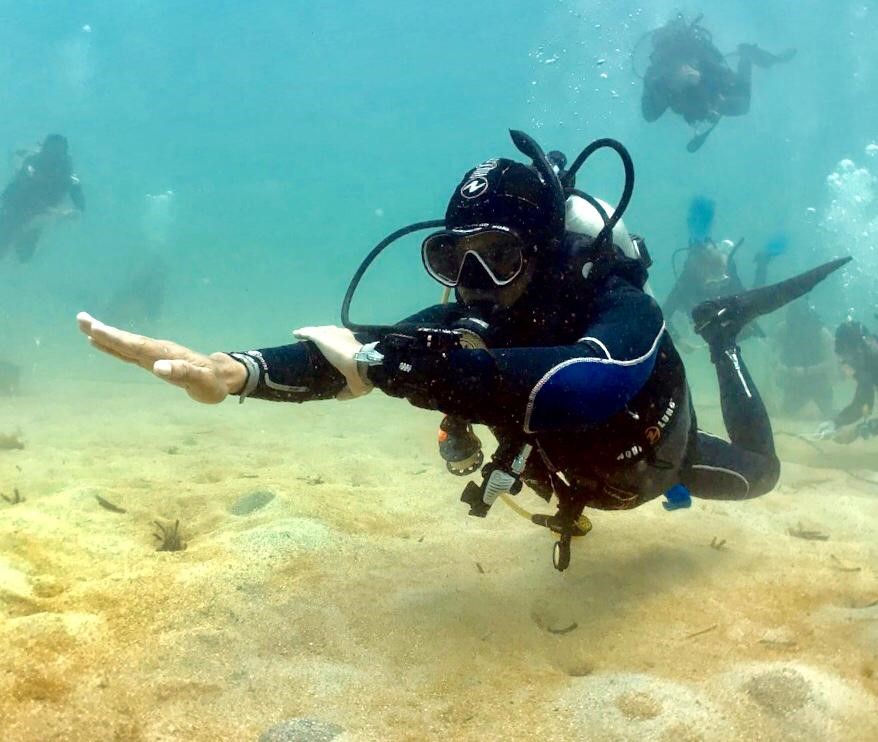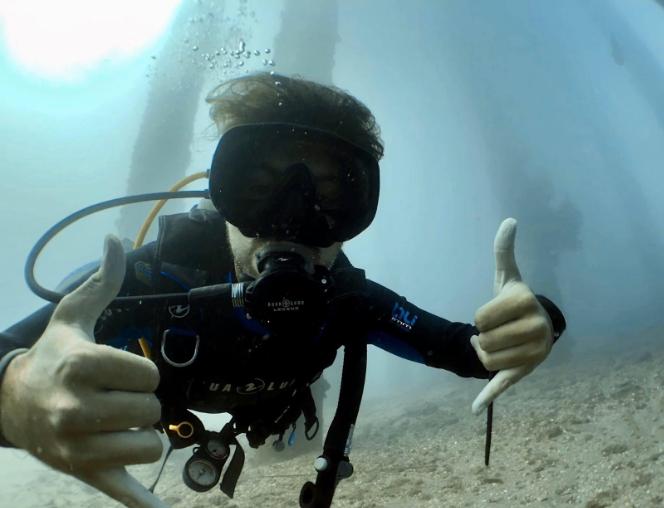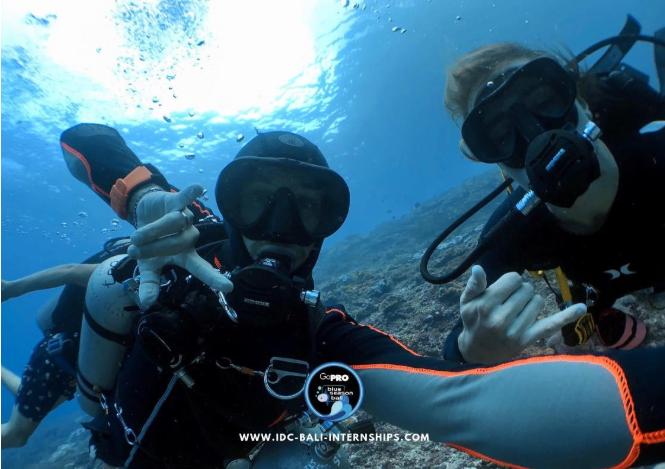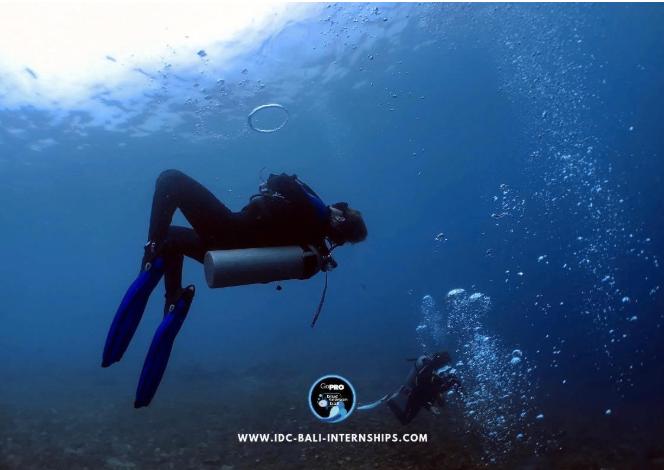Five Tips to Navigate on a Dive

When first learning how to dive, you may find the experience pretty disorienting. You may feel comfortable with a PADI Divemaster guiding the way. But would you also find the way back by yourself?
Don’t worry – here is 5 Tips that will help you to stay on your path!
1. Use bottom typography
When diving in Bali most of our best dive sites will follow some sort of reef or sloping bottom. If your dive starts with the slope on your right side, the way back should have the slope to your left. Also you might remember a specific big sandy or rocky area.
PRO TIP: Look for lines in the sand. Those can also indicate your location relative to the shore. Usually, those lines run parallel to the shore.
2. Use natural references
Like in the old German fairy tale of Hansel and Gretel, you have to pick things to help you to find your way back. Breadcrumbs are most likely going to get eaten by the fish and also we want to leave only bubbles. So what to do?
Simple: Pick structures, corals, formations, rocks or whatever you can remember and take note mentally. Obviously, you want to avoid picking a fish that could easily swim away but some specific species, like sea stars, sea cucumbers, clownfish, moray eels etc. are more stationary and can also help with finding your way back home safely.
PRO TIP: It works best to remember certain things in combinations as well. Simply noting “Blue starfish”, won’t cut it in all cases. Sometimes there are more than one of these objects and you will likely get confused. Remember also, to note several things in combination, to avoid confusion. “Blue Starfish in front of fire coral at 12m” is way more specific and unique and will be a better indicator.
3. Use a compass
As obvious as it sounds. I love to bring a compass to all of my dives. Most of the dives I don’t even have to look at it but it’s good to be prepared for that one day, you face those poor visibility conditions and may completely lose track of where you are. Also, I love the great “set it, and forget it” quality of a dive compass. Where you sort of lock in a course to follow back to the shore. Just in case.
When learning how to navigate a new dive site it’s also helpful to bring a compass around. You don’t have to blindly trust your compass alone. It works best with references that you can pick from maps before the dive, or extract from the dive briefing. That together with some basic compass skills can already bring you a long way.
PRO TIP: Take your PADI Underwater Navigator Specialty to learn how to properly use a dive compass.
4. Find other divers
In the case you and your buddy lose your way on a dive. It would be a very valid strategy to find other divers, and try to follow them back on track.
PRO TIP: A trick I learned is to look up, almost diagonally from you and look for the reflection of bubbles. That way you can often track other divers down, that was not visible on a horizontal level.
5. Track the distance – Account for current.
The last thing that is actually very crucial when diving in Bali is to account for currents. Its easily underestimated how far a slight current can get you away from your entry location. With time and practice you will get a better feeling of how far you actually swam underwater.
PRO TIP: Check your dive computer often, and note how long you have been swimming with or against the current. To keep track. Also don’t forget to plan conservatively and account for enough air so safely ascend with your reserve.
If you found these 5 Tips helpful and you want to develop some incredible compass skills the speak to our PADI Instructors about completing the PADI Underwater Navigator Specialty Course!
All our IDC candidates also do workshops on how to conduct compass skills properly and how to always stay on track.
Written by Felix Schroers



